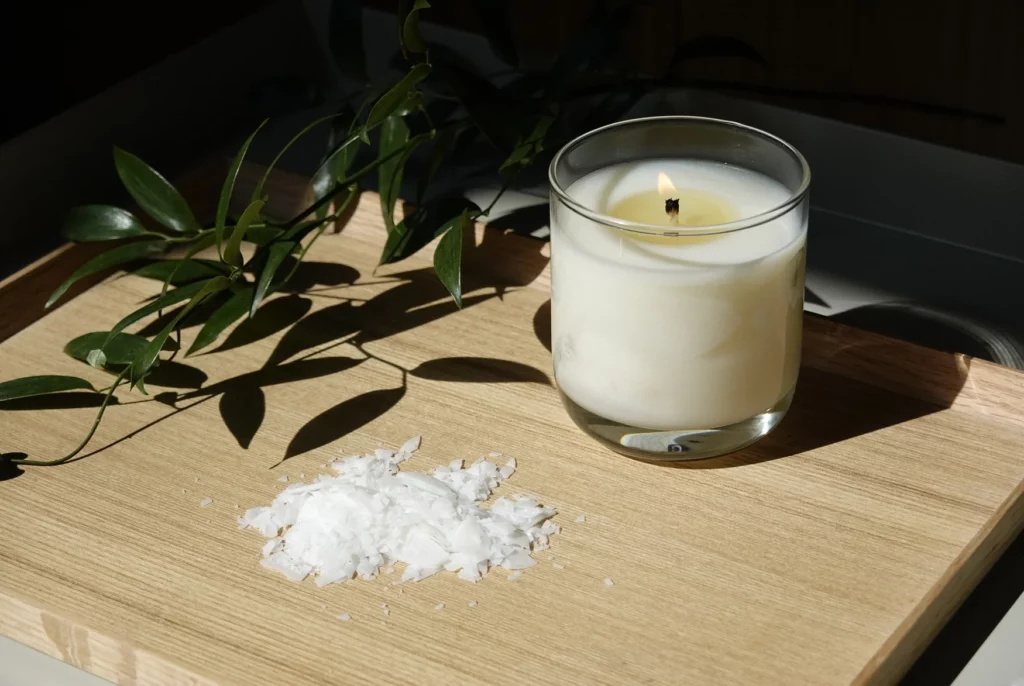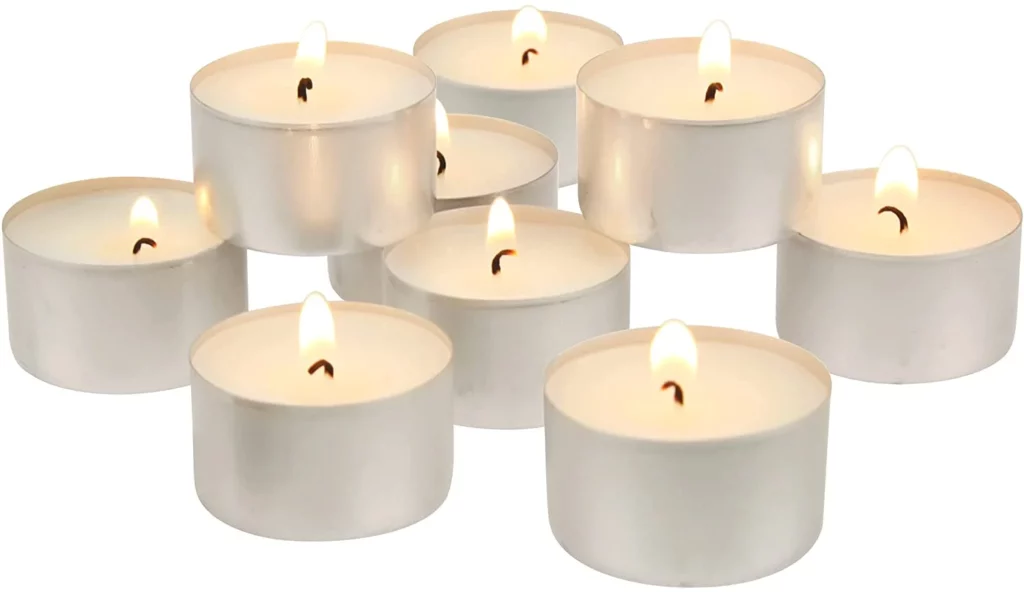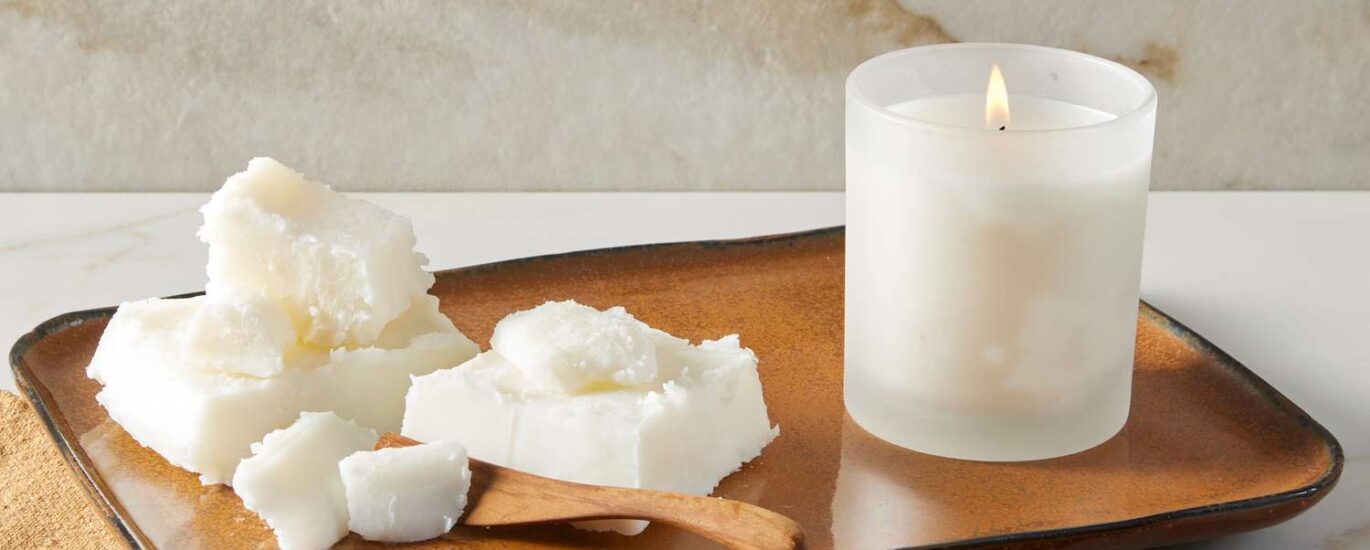Understanding Different Types of Candle Wax: A Comprehensive Guide
Candles have been used for centuries to provide light and create a calming ambiance. While the role of candle wax is often overlooked, it plays a crucial role in the overall candle experience. In this comprehensive guide, we will explore the different types of candle wax and help you understand their unique characteristics and uses.
The Basics of Candle Wax
Before delving into the specifics of different candle waxes, let’s start with the basics. What exactly is candle wax? Candle wax is a solid substance that, when melted and combined with a wick, produces a flame that provides light and heat. It is primarily composed of hydrocarbons derived from various sources.
Historically, candle wax has been made from natural sources such as beeswax, tallow (animal fat), and plant-based waxes like bayberry and soy. These natural waxes have been used for centuries and are prized for their unique properties and scents. In modern times, synthetic waxes derived from petroleum have become popular due to their affordability and consistency in burning. Learn more about candle jars Australia trends and tips for selection.
What is Candle Wax?
Candle wax is a natural or synthetic substance that serves as the main fuel for a candle flame. It provides the necessary material to keep the wick burning steadily and consistently for extended periods of time.
Each type of candle wax has its own melting point, hardness, and fragrance retention capabilities, influencing the overall performance of the candle. Beeswax, for example, is known for its natural honey scent and clean burn, while paraffin wax is favored for its excellent scent throw and bright flame.
The Role of Wax in Candle Making
In candle making, the choice of wax is crucial as it determines important factors such as burn time, scent throw, and environmental impact. Different types of waxes have their own unique characteristics, making each suitable for specific candle applications.
Additionally, the color and texture of the wax can also impact the final appearance of the candle. Some waxes are naturally creamy white, while others can be dyed to create vibrant hues. The texture of the wax can affect how well it adheres to the container and how evenly it burns, leading to variations in the overall candle quality.
Exploring the Different Types of Candle Wax
Now that we understand the basics, let’s dive deeper into the world of candle wax and explore the fascinating characteristics of each type:
Paraffin Wax
Paraffin wax, derived from petroleum, has been a staple in the candle making industry for decades. Its popularity stems from its versatility and affordability. Candle makers love working with paraffin wax because it can easily be manipulated to achieve desired properties such as scent throw and burn time. Whether you’re creating a scented candle to fill a room with a delightful aroma or a long-lasting candle for a special occasion, paraffin wax is a reliable choice.

Soy Wax
For those seeking an environmentally-friendly alternative, soy wax has emerged as a top contender. Made from soybean oil, this wax offers a clean burn and produces significantly less soot compared to paraffin wax. This makes it an excellent choice for individuals with respiratory sensitivities or anyone who values a healthier indoor environment. In addition to its eco-friendly nature, soy wax also has a natural ability to hold fragrance, resulting in candles that fill the air with captivating scents.
Beeswax
Step into the world of natural beauty with beeswax candles. Produced by honeybees, beeswax is a true gift from nature. Its warm, natural fragrance and beautiful golden color make it a favorite among candle enthusiasts. Beeswax candles burn slowly, emitting a characteristic honey-like scent that creates a cozy and inviting atmosphere. Beyond their aesthetic appeal, beeswax candles are also known for their natural properties, such as emitting negative ions that can help purify the air.
Palm Wax
Derived from the fruit of palm trees, palm wax offers a unique and visually stunning experience. When cooled, this wax exhibits a mesmerizing crystalline appearance, adding a touch of elegance to any candle. Palm wax is not only visually appealing but also boasts excellent scent throw and burn time. Its renewable nature makes it an environmentally-conscious choice for candle enthusiasts who want to enjoy both beauty and sustainability.
Coconut Wax
Indulge your senses with the creamy texture and slightly sweet aroma of coconut wax. Made from the cold-pressed oil of coconuts, this natural wax has gained popularity for its clean burn and exceptional scent throw. Coconut wax candles not only fill your space with delightful fragrances but also provide a guilt-free experience. This wax is vegan-friendly and sustainable, making it a perfect choice for those who prioritize ethical and eco-conscious products.
As you can see, the world of candle wax is diverse and exciting. Each type offers its own unique set of characteristics, allowing candle makers and enthusiasts to create candles that cater to their specific preferences. Whether you’re drawn to the versatility of paraffin wax, the eco-friendliness of soy wax, the natural beauty of beeswax, the visual allure of palm wax, or the creamy texture of coconut wax, there’s a wax type out there to ignite your creativity and enhance your candle experience.
The Pros and Cons of Different Candle Waxes
Now that we have explored the different types of candle wax, let’s examine their pros and cons:
When it comes to choosing the perfect candle for your space, it’s essential to consider not just the type of wax but also the additives and enhancements that can affect the overall performance. For example, paraffin wax, while known for its long burn times, may produce more soot compared to cleaner-burning options like soy wax or beeswax. This soot can not only darken your walls and ceilings over time but also affect indoor air quality.
Comparing Burn Times
When it comes to burn time, paraffin wax tends to outperform other types, offering long-lasting candles that burn for hours. However, soy wax and beeswax candles are known for their slower burn, providing a longer-lasting candle experience. Beeswax, in particular, is revered for its dripless properties, making it a popular choice for special occasions and events where a clean burn is essential.
Another factor to consider is the size and shape of the candle. Taper candles, for instance, are designed to drip less than traditional pillar candles, prolonging their burn time and reducing mess. Soy wax, being softer and more pliable than other waxes, is often used in container candles, allowing for easy customization with different colors and scents.

Scent Throw and Wax Types
The scent throw of a candle refers to how well it releases fragrance when lit. Paraffin wax and soy wax are both excellent choices for strong scent throw, while beeswax and coconut wax offer more subtle aromatic experiences. In addition to the type of wax, the quality of the fragrance oils used can significantly impact the overall scent throw of a candle. Opting for high-quality, phthalate-free oils can enhance the olfactory experience and ensure a long-lasting, pleasant aroma.
Furthermore, the color of the wax can influence the ambiance created by a candle. While white and ivory candles are classic and versatile, colored candles can add a pop of personality to any room. Keep in mind that certain dyes and pigments used to color candles may affect burn quality, so it’s essential to choose colorants specifically designed for candle making.
Environmental Impact of Different Waxes
Paraffin wax is derived from petroleum, a non-renewable resource, and has a higher carbon footprint compared to other types of wax. On the other hand, soy wax, beeswax, palm wax, and coconut wax are more environmentally friendly options as they are renewable and biodegradable. Choosing candles made from sustainable sources not only supports eco-conscious practices but also ensures a cleaner burn for you and your loved ones.
Choosing the Right Wax for Your Candle
Now that you are aware of the different types of candle wax and their characteristics, it’s time to choose the right wax for your candle making endeavors:
When diving into the world of candle making, one must consider a multitude of factors to ensure the perfect candle creation. Beyond just the type of wax, factors such as wick type, container material, and dye selection can all play a crucial role in the final product’s outcome. Each element contributes to the overall aesthetic and functionality of the candle, making the decision-making process a delightful journey of creativity and precision.
Considerations for Candle Making
When selecting a wax, consider factors such as burn time, scent throw, and the specific needs of your candle project. The type of candle, the desired fragrance intensity, and the target audience can all influence the ideal wax choice.
Furthermore, the environment in which the candle will be used should also be taken into account. For example, if the candle is intended for outdoor use, a wax with a higher melting point may be more suitable to prevent premature melting in warmer temperatures. Understanding the nuances of each wax type and how they interact with external factors can elevate your candle making to a whole new level of sophistication and craftsmanship.
Wax Blends and Their Benefits
In addition to single wax options, many candle makers use wax blends to combine the desirable properties of different waxes. Experimenting with wax blends can help achieve customized results, optimizing burn performance and fragrance release.
Blending waxes not only allows for a tailored approach to candle making but also opens up a world of creative possibilities. By mixing different waxes in varying ratios, candle makers can fine-tune aspects such as texture, color, and burn characteristics to create truly unique and personalized candles. The art of wax blending is a skill that evolves with practice and experimentation, offering endless opportunities for innovation and discovery.
By understanding the different types of candle wax and their unique characteristics, you can make informed decisions when selecting the right wax for your candle making projects. Whether you prioritize burn time, scent throw, or environmental considerations – there is a wax that meets your specific needs. Enjoy the process of experimenting with various waxes, and create candles that not only provide delightful illumination but also reflect your personal preferences and values.

